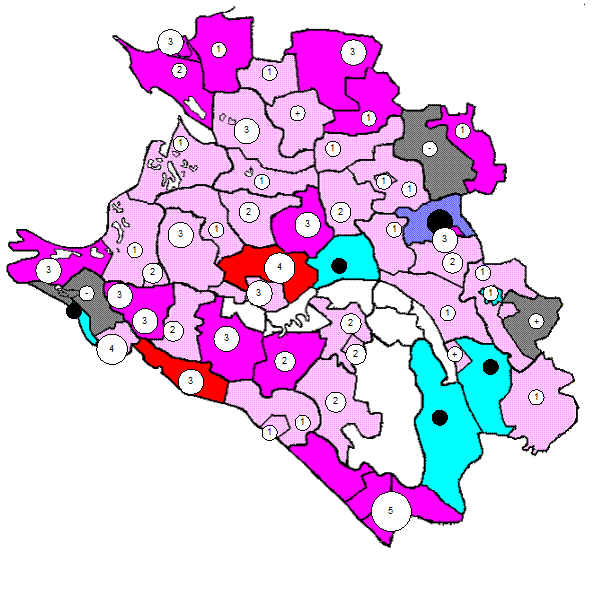Attributive Relative Clauses
In postposition we use attributes with prepositions, attributes expressed by adverbs, infinitives, participial or gerundial phrase, etc. In a short time he mastered the theory of driving. В короткий срок он овладел теорией вождения автомобиля. Tea here is very good. Здешний чай очень хорош. Yet Mildred was not a figure to pity. Но Милдред была не из тех, кого можно было жалеть.
Attributive Clauses An attributive clause is a dependent clause that serves as attribute to a noun or pronoun in the main clause (with one exception to be pointed out below); the noun or pronoun thus qualified is termed the antecedent: Anyone who goes to a psychiatrist ought to have his head examined. On the basis of their semantic and syntactic relationship with the antecedent, attributive clauses are divided into two major classes: appositive (or appositional) and relative clauses. Attributive Appositive Clauses AAC are also termed content clauses because they disclose the semantic content, or the meaning of the antecedent: I agree with the old saying that fortune favours the brave. Attributive appositive clauses are joined syndetically, by means of conjunction that, other subordinators (e. g. whether and why) are very rare. Because an attributive appositive clause is closely connected with its antecedent, it is not set off by a comma in writing, nor is it pronounced as separate tone group in speaking. The antecedent of an attributive appositive clause is most typically countable abstract noun: advice, belief, decision, demand, fact, hope, idea, opinion, promise, saying, suggestion: There was little hope that the climbers would be found alive. Another group of frequently used antecedents to appositive clauses includes such uncountable abstract nouns as news, information and knowledge: Have you heard the news that the border has been closed? The antecedents (антецедент) question and problem are followed by an AAC with the preposition of: The question of whether we should demand a payment for our services was not even discussed. The use of a plural antecedent is rare: The colonel (полковник) gave orders that he was not to be disturbed. Attributive Relative Clauses ARC are so called because they are joined with the help of relative pronouns or adverbs. Their function is to qualify the antecedent: The dean saw all the students who had received poor grades. Attributive relative clauses are chiefly introduced with the help of subordinators who, whom, whose, that, which, whose, when, where, and why. They can also be joined asyndetically. Occasionally, we find attributive relative clauses joined by means of as and such as: The question as it is put by the author admits (допускать, признавать, разрешать) of no real answer. The ARC can be divided into two groups: limiting and non-limiting.
|




